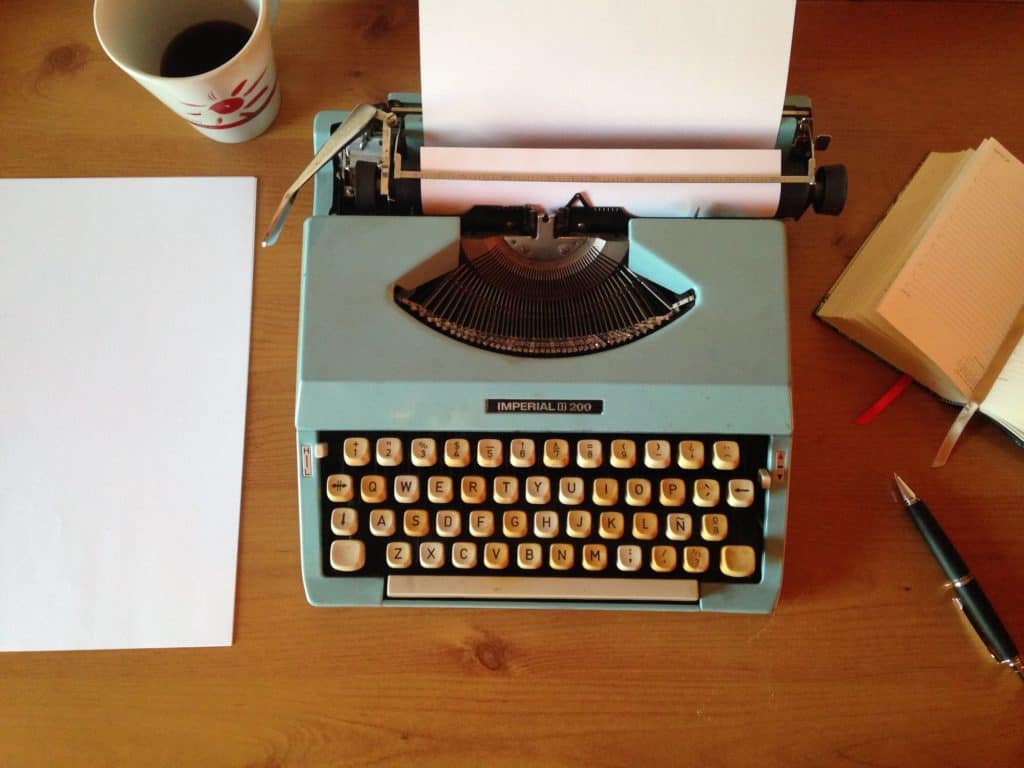
Press releases, once solely given to the press for their publication, can now be repurposed and published on your nonprofit’s website, community calendars, and other websites that might draw viewers interested in attending.
If properly written, they can include keywords that will bring a larger audience to your website and increase your search engine rankings for your website. In turn, you’ll find your attendance numbers and your fundraising grow.
Following a standard template to create an effective press release for multiple channels is the best way to make sure you’ve provided all the information all publications may need. Here is our suggested template.
1. Scheduling Instructions
Begin with a distribution notice for the publication’s schedulers. Typically, the message will state “FOR IMMEDIATE RELEASE” and can be placed above or below the headline on either the left or right side of the page. Using the correct terminology will prove your professionalism and keep it from getting confusing for people used to receiving specific instructions.
2. A Compelling Headline
The headline should provide enough information to inform the reader why they should continue reading. Use keywords in the headline. You’ll want to center it across the top of your organization’s letterhead. The same rule applies for special news release stationary, if it’s being sent by traditional mail. Insert your organization’s logo and colors into the press release.
3. Information About Your Organization
Provide the basic information about your nonprofit either above or below the headline on the left side of the page. Include the name, the full street address and your nonprofit’s website’s address. Hyperlinking the web address to your website provides an easy and quick way to skip over to the website for more information when sent via email.
4. Contact Information
Below your organization’s information you’ll want to add the name of the person or department sending the press release, such as “Public Affairs Department.” This will tell where people who to contact for more information. Include email addresses and phone numbers. This can be placed on the right or left side of the page.
5. Orienting the Release
Begin the body of your press release with the place, day, and date of your message. This will give readers a sense of the relevance in regards to the time and date of your message.
6. The Body of Your Message
The message of your press release can vary in structure and style, but these general guidelines can help you get started.
First Paragraph – Begin the body of your press release with a line that will catch readers’ attention. This is your best chance to make that connection that will motivate action. Focus on a compelling story, an immediate need, or a surprising turn that makes your plea for you. Find the words that will bring the reader in through their own experience so they’ll be encouraged to continue reading.
Second Paragraph – Point out the danger of not acting on your invitation to get involved. It’s best to stay away from words that sound too desperate, as this can come off as saccharine or fake. Consider writing one sentence that carries a punch to illustrate the importance of the event, without forcing it.
Third Paragraph – Tell them about the organization in the third paragraph. Restate your mission statement in an engaging way and let them know how they can help.
Fourth Paragraph – Give your readers insight into what they can expect at your event in the fourth paragraph. Tantalize them with the fun they’ll experience and let them know how the funding raised will be used to on a project or campaign. You can include downloads to event flyers or brochures, information about how to find out more about the event, and any other important information
Fifth Paragraph – This is a great place to include a relevant quote from someone who has been part of the work funded by the organization. Either someone who is actively working to make change or someone who has benefited from the work. Use a quote that expresses the need for more funding.
Sixth Paragraph – Wrap up the body with a conclusion that underscores the importance of the fundraiser and how the reader’s participation is key to completing the work. End it with a pointed sentence that will drive home the message.
7. Boilerplate
A “boilerplate” is the general description of the organization. It is placed at the bottom of every news release and may include the nonprofit’s name or acronym, its tagline, the date it was established, hyperlinks to important information located on its website, and a message of how to access the help provided by the organization.
8. Ending Your Press Release
The press has a simple way of noting the end has come to the press release. Center three hashtags (###) at the bottom of your copy. This signals the reader has reached the end of your content.
9. Final Tips
To get the most out of your press release we suggest you write in the third person, keep it between 400-500 words, and get to the point without a lot of insider’s jargon. And, finally, proofread and edit carefully. This will represent your nonprofit to the masses, so you want to make sure it’s perfect.
